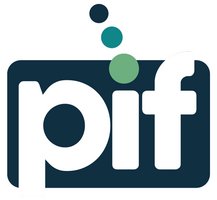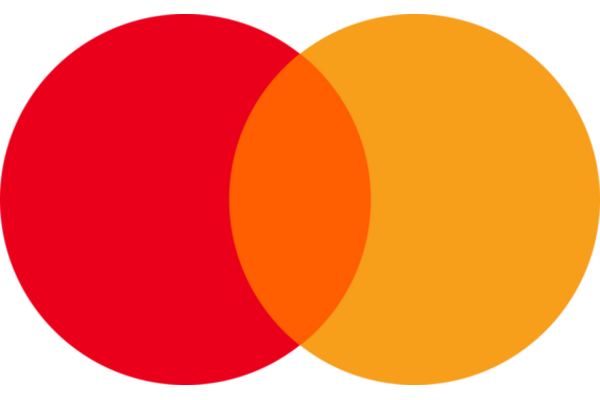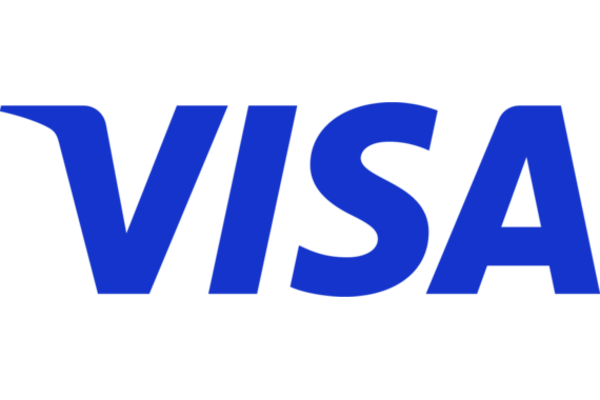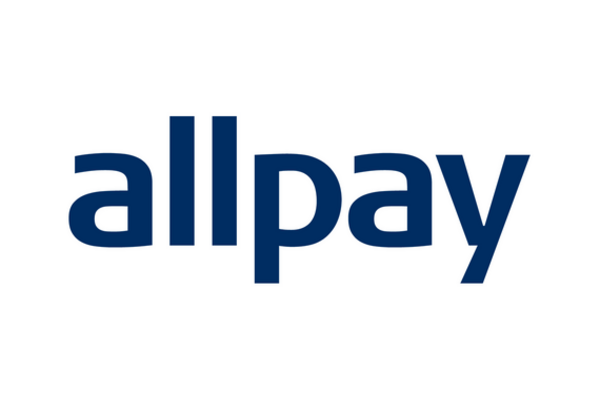Source: Paysafe
Discretionary spending is changing – here’s what this means for charitable giving, and for consumers saving for the future.
Rob Gatto
Chief Revenue Officer
The concept of disposable income is often tied to spending on goods or experiences, with the goal typically centred around bringing joy for the consumer themselves.
This, of course, isn’t always the case. That little extra left in an individual’s pocket after the mortgage/rent/bills/everything else have been taken care of, is also relied upon to fulfil other needs. Charitable giving is a prime example – monetary donations to support a good cause are a regular outgoing for many consumers.
So, as discretionary spending changes, how are expenditures like charitable giving being impacted, and how can charities adapt their online experience to encourage donations?
Here’s what we learned from our recent Lost in Transaction: The Disposable Income Report, which surveyed 14,525 consumers across the UK, the Americas, and Europe about their discretionary spending habits.
Charitable giving is being impacted by tough times
Economic disruption has reduced disposable income for many consumers. As budgets tighten, it’ll become increasingly difficult for many individuals to justify spending on anything other than the essentials, or the occasional treat.
Sadly, this is having a very real impact on charities. According to our research, 22% of respondents who give to charity are now spending less on donations, with 11% stopping entirely. Very few (13%) are spending more.
Until the economic forecast brightens, consumers will maintain a firm grip on their discretionary spending. With this in mind, charities must find ways to best cater to those who can still make donations – ensuring the process of doing so is as quick and easy as possible.
Key to this is adapting the online donation experience to changing consumer expectations, particularly around payment methods. In fact, a growing number of consumers are now embracing local payment methods (LPMs) when giving to charity.
While the preferred payment method for making charitable donations is debit card (29%) and credit card payments (19%), digital wallets (17%) are close behind. In fact, 51% of consumers would be more likely to make donations if a charity offered alternative ways of paying in addition to credit and debit cards.
In addition, 13% of consumers say that a lack of payment options would make them most likely to abandon a donation to a charity website, and 10% pointed to poor checkout experience.
Charitable giving relies upon security
While payment options are increasingly important for consumers’ charitable giving, security remains a key priority. 33% of consumers say that having to input sensitive financial information/data and a lack of clarity around security are the likeliest reasons to abandon an online donation.
Thankfully, LPMs can also help tackle security concerns. LPMs like digital wallets and eCash allow consumers to make payments without entering their personal financial details – providing peace of mind during the donation process.
While charities navigate the current economic landscape, it’s vital they do their utmost to tailor their online donation experience, making it as friction-free and secure as possible, to meet changing consumer demands.
Do you want to learn more about consumer payment trends in 2024? Check out our Lost in Transaction: The Disposable Income Report.







